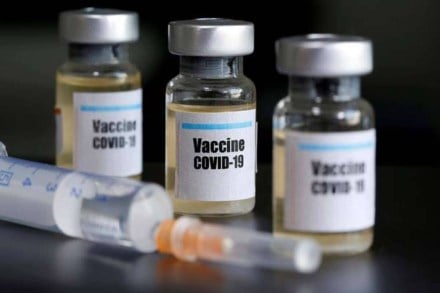Twelve billion—that’s the number of doses needed in a two-dose regime if 80% of the world’s population is to be vaccinated against Covid-19. Against this, manufacturers confirming orders for nearly 9 billion doses should put the end of the pandemic in sight—given most vaccines are proving to actively countering spread. Only, the 9 million number is embarrassingly skewed in favour of the rich nations; 6 million doses will go to high- and upper-middle-income nations and 3 million to the rest of the world (accounting for 80% of its population). Such inequity of access is deeply worrying, since the pandemic will then always lurk somewhere. While Covax offers some succour, even within this, richer nations seem to be expecting preferential treatment. To that end, the WHO’s call for ensuring access for the poorer nations needs to be considered carefully.
India and South Africa are leading 98 other nations at the WTO in a call for a temporary waiver of IP rights of vaccine developers. Unless this happens, inoculating a critical chunk of the world-population would get pushed to as late as 2023. This becomes much worse if vaccines’ protection doesn’t last as long. A ‘patent pause’ could work, but only if more manufacturers already have capacity on stand-by to commence production. While increased licensing is an alternative, vaccine manufacturers need to keep in mind that most of the research leading to the development of top candidates has happened in public-funded institutions. Ways to ensure equitable access need to be carefully debated.
